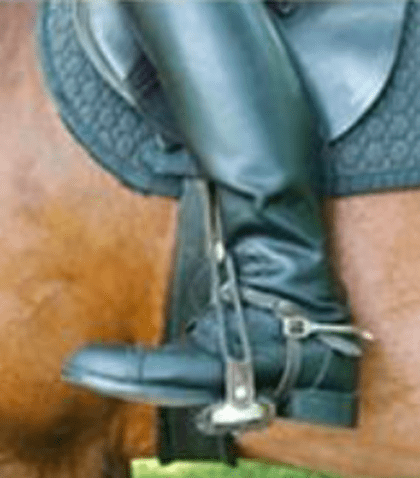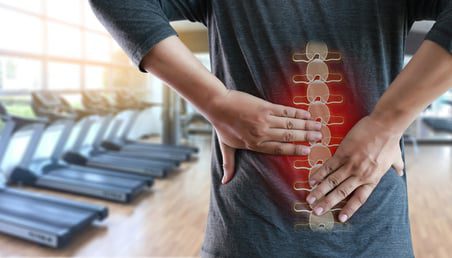
Correct position of the foot in the stirrup
Correct position of the foot in the stirrup
Surely, you constantly hear from the coach: “Heel down!”, But so far, perhaps, you have not understood what is the significance of this notorious heel. Well, not in a safe position when falling? Not in order to make it easier to throw off the stirrup? You are sitting, the horse is running …
It seems surprising, but a properly dropped heel is directly related to the competent work of the rider, with his control over the seat and control of the horse!
Understanding exactly how your heel “works” will be easier on the ground than on horseback, so try the following:
Sit on a flat surface with both feet on the ground. Feet should be flat on the ground. We start with one foot. Your heel should be in a neutral position while the weight is evenly distributed across the foot from side to side and front to back. Think of a straight line from the back of the knee down through the center of the heel.
Turn the foot inward, press on the inside, the outside will rise slightly from the ground. Try not to let your heel move. Feel your hips moving towards the midline of your body. The surface of the thigh turns inward. So the area of adhesion of the hip to the saddle is reduced! Repeat the same with the other leg. You will find that the contact of the saddle with the thigh in this position of the leg will be insufficient and unstable.
Now press the outer edge of the foot. The inner edge will rise slightly. Notice how your knees turn outward and your hips close. If you press two feet together, the knees will open (and we remember that this is wrong).
Now lift your heel and inner edge of your foot off the floor. The outer side of the foot and the little toe touch the ground. Feel your knees open up. When you do it on horseback, bоThe bulk of the weight is transferred to your seat and horse’s back, and the leg loses contact with the horse’s body. You will have to wrap your legs around the horse more tightly, as if clinging to it!
Lift the outer edge of the foot off the ground, keeping the inner edge of the heel on the ground. Your knees are closing. If you do the same with the other foot, the knees will close. Doing this in the saddle will bring your knees closer to your horse’s side. This limits the movement of the pelvis. You have to push your foot forward to lower your heel. A closed sluice forces you to lean lower towards the horse’s neck while jumping.
If your foot is out of position, your contact with the horse’s sides is broken, you need to pinch him to keep your balance. There is no question of the correct use of controls in this case.
Ideally, your knee should be over the second toe, the foot should lie flat in the stirrup, and the heel should go down under the weight of the body.
Wendy Murdoch; translation by Valeria Smirnova (source)





